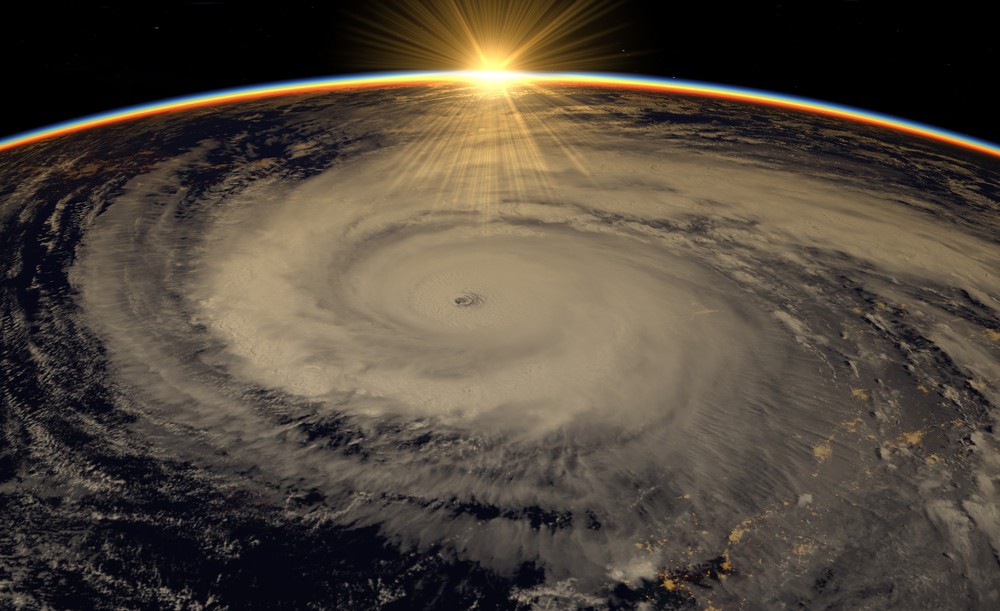The Pacific Ocean has witnessed the emergence of El Niño, a weather phenomenon that injects heat into both the oceans and the atmosphere. This natural occurrence poses a potential challenge to combating climate change, as the planet is already experiencing natural warming.
Scientists have grown increasingly certain over the past few months that El Niño, characterized by a rise in sea surface temperature in the tropical eastern Pacific by half a degree Celsius above the multiyear average, has commenced. Its global impact on weather patterns is expected to be significant. Australia may face drought conditions, while the southern United States could see increased rainfall. Additionally, the Indian monsoon may weaken, and drought conditions in Africa could worsen due to this phenomenon.
Experts express concerns that 2024 may break temperature records, becoming the hottest year on record. Their worries are tied to El Niño potentially surpassing a critical threshold—a 1.5 degrees Celsius warming of the planet. Adam Scaife, the head of long-term forecasting at the UK Meteorological Office, informed the BBC, “Next year, of course, a new global temperature record is possible. It all depends on how strong El Niño turns out to be.”
El Niño is anticipated to persist until the following spring, gradually diminishing its effects thereafter. This natural phenomenon constitutes the most significant fluctuation of the climate system worldwide.
Scaife remarked, “El Niño is now gaining momentum. There have been hints of it in our forecasts for months now, but it actually looks like its peak intensity will be at the end of the year.”
The El Niño Southern Oscillation (ENSO) encompasses three distinct phases: hot, cold, and neutral. The hot phase, known as El Niño, occurs approximately every two years but can extend for up to seven years. During this phase, warm water ascends to the surface near the South American coast and spreads across the ocean, infusing a substantial amount of heat into the atmosphere. Notably, exceptionally warm summers often follow significant El Niño events.
Meteorological agencies worldwide employ diverse criteria to identify the onset of the hot phase. In the United States, it is crucial for the ocean to be half a degree warmer than the average for a month, accompanied by clear indications of atmospheric response to this warmth.
According to the U.S. National Oceanic and Atmospheric Administration (NOAA), these conditions were met last month. NOAA scientist Michelle L’Oré stated, “It’s a very weak signal. But we think it’s going to get stronger.” Experts estimate that there is an 84 percent probability that the intensity of the phenomenon will exceed its average by the year’s end. Although the effects of the El Niño onset may be delayed for several months, its impact will be felt across the globe.
Furthermore, there is a high likelihood that the ongoing period will solidify 2024 as the hottest year on record.
Soure: seznamzpravy.cz


















